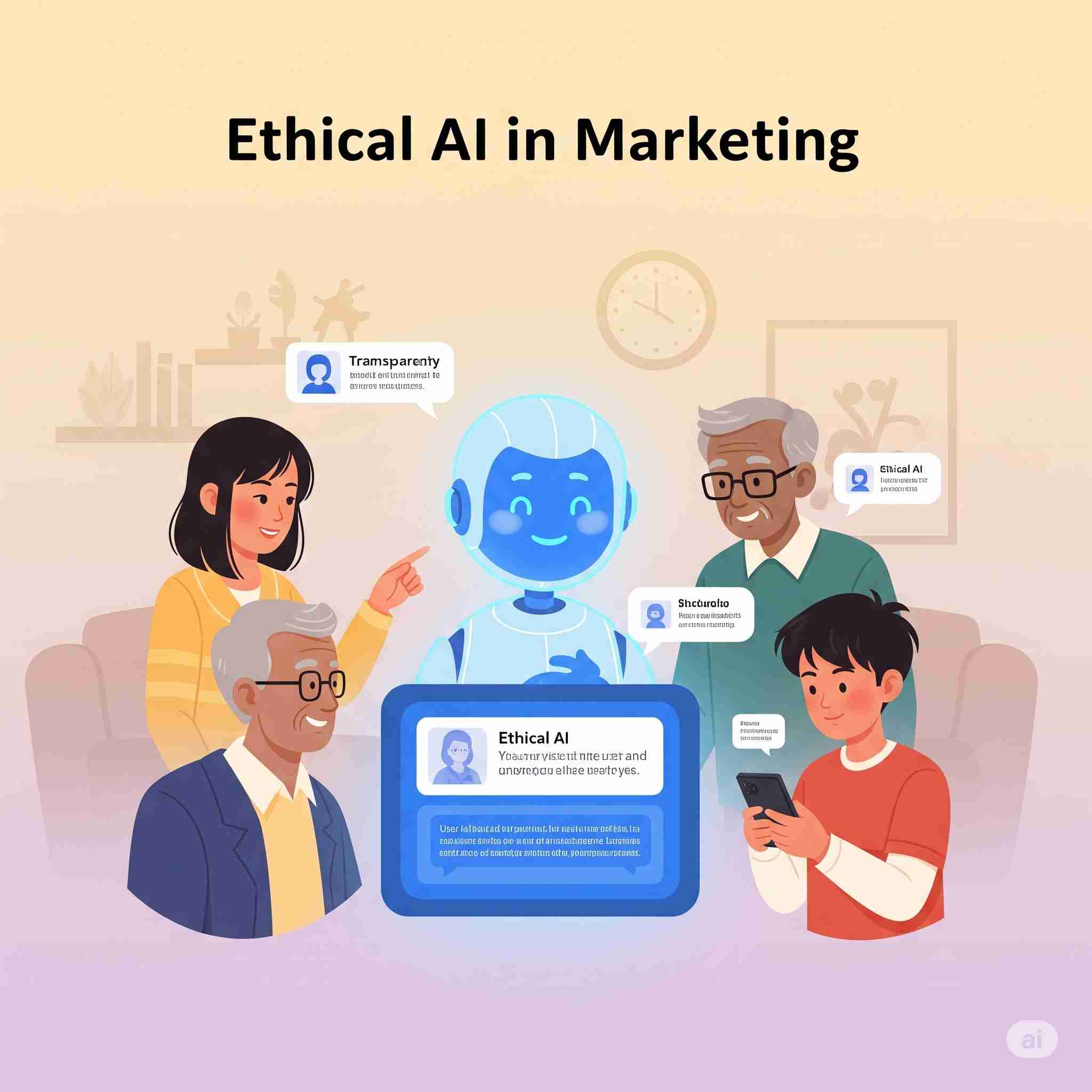What is Generative AI?
Generative AI is a branch of artificial intelligence that creates new data or content based on the patterns it has learned from existing data. Unlike traditional automation tools that follow predefined rules, generative AI models can mimic human-like creativity by generating entirely new content that did not previously exist. Some common types of generative AI include:
- Text Generation: ChatGPT, Jasper, Claude, Copy.ai
- Image Generation: DALL·E, Midjourney, Stable Diffusion
- Video Generation: Runway, Sora by OpenAI
- Audio Generation: ElevenLabs, Murf AI
The Role of Generative AI in Content Marketing
1. Scaling Content Production
One of the most immediate benefits of generative AI is its ability to scale content creation. Marketers no longer need to spend hours drafting blog posts or email campaigns. AI can produce first drafts in seconds, allowing teams to create more content in less time.
2. Enhancing Creativity and Ideation
Generative AI can act as a creative partner, offering new angles, headlines, or outlines when you're stuck. It can suggest blog post ideas based on trending keywords, propose subject lines for emails, or generate engaging hooks for videos and reels.
3. SEO Optimization at Scale
AI tools can be fine-tuned to generate SEO-friendly content, integrating keywords naturally, optimizing meta descriptions, and structuring posts with proper headers and internal links. This means more discoverable content with less manual effort.
4. Personalized Content Experiences
With AI, personalization is easier than ever. Content can be tailored to specific buyer personas, demographics, or customer journeys—without rewriting it from scratch. This improves user experience and boosts engagement.
5. Repurposing and Recycling Content
Why let a great blog post go to waste? Generative AI can transform one piece of content into multiple formats: videos, social media posts, newsletters, infographics, and more. This maximizes ROI from every piece you create.
Use Cases of Generative AI in Content Creation
1. Blog Writing
AI can generate entire blog posts based on a simple prompt, including title, headings, and call-to-action. While human editing is still essential, the initial draft saves hours of work.
2. Email Campaigns
From subject lines to full email bodies, generative AI can help you write persuasive, targeted emails for different stages of the customer journey.
3. Video Scripts
Need a YouTube or Instagram video script? AI can generate punchy scripts optimized for engagement, length, and tone.
4. Ad Copy and Product Descriptions
E-commerce brands use AI to write high-converting product descriptions and A/B test ad copy variations in record time.
5. Social Media Content
Creating consistent, engaging social media content is time-consuming. AI can schedule posts, generate captions, and suggest hashtags automatically.
Generative AI Tools to Watch
1. ChatGPT by OpenAI
Ideal for brainstorming, writing blog posts, and answering customer queries. It can be integrated into workflows and trained on custom data.
2. Jasper.ai
Focused on marketing use cases, Jasper helps create email copy, product descriptions, and SEO-optimized blogs.
3. Copy.ai
User-friendly platform that supports over 90 content types, from startup pitches to social media captions.
4. Surfer SEO + Jasper
This integration allows marketers to optimize content based on real-time SERP data, ensuring both readability and ranking potential.
5. Midjourney & DALL·E
For visual content, these tools generate high-quality graphics and images based on text prompts, perfect for blog banners, thumbnails, and social media posts.
The Human-AI Collaboration
Despite its strengths, AI isn’t perfect. It lacks human empathy, cultural understanding, and editorial nuance. That’s why the future of content creation isn’t about replacing writers but augmenting them.
Writers and marketers should view AI as a co-pilot:
- Use AI for ideation and structure
- Add human tone, emotion, and brand voice
- Edit for clarity, accuracy, and originality
- Validate facts and add expert insights
Ethical Considerations and Limitations
1. Plagiarism and Originality
AI models generate content based on patterns in existing data. Without proper usage, there's a risk of plagiarism or over-reliance on generic phrasing.
2. Bias in AI
Generative AI can unknowingly reflect biases present in its training data. Content creators must remain vigilant about ethical language and representation.
3. Transparency and Disclosure
Should audiences know when content is AI-generated? Transparency builds trust and ensures ethical marketing practices.
4. Search Engine Penalties
Google has stated that "automatically generated content intended to manipulate rankings" violates their guidelines. High-quality, human-reviewed AI content is key.
Preparing for the AI-Driven Future
Upskill in Prompt Engineering
Learning how to write effective prompts is essential to getting high-quality outputs from generative AI tools.
Experiment and Analyze
Test different tools and workflows. Use analytics to track what AI-generated content performs best.
Focus on Strategy
AI can generate content, but it can’t create a full strategy. Marketers must focus on audience insights, content planning, and campaign goals.
Build Human-AI Teams
The best content teams of the future will blend human creativity with AI efficiency.
Conclusion: Embrace the Shift, Don’t Fear It
Generative AI is not just a trend—it’s a paradigm shift. It empowers content creators to move faster, think bigger, and engage audiences in new ways. But success lies in how we use it. Think of AI not as a rival, but as a creative partner. One that helps you brainstorm, write, visualize, and optimize, while freeing up time to focus on strategy, empathy, and connection. The future of content creation is AI-powered and human-led. Are you ready to embrace it?





